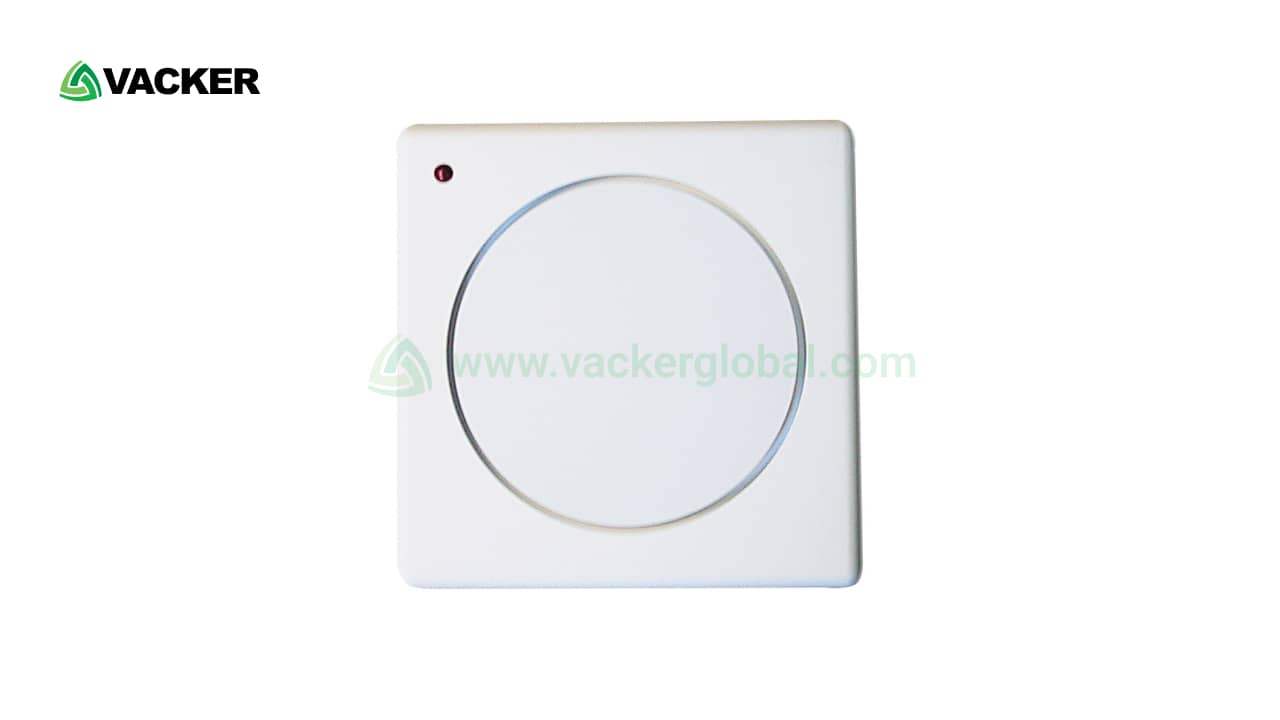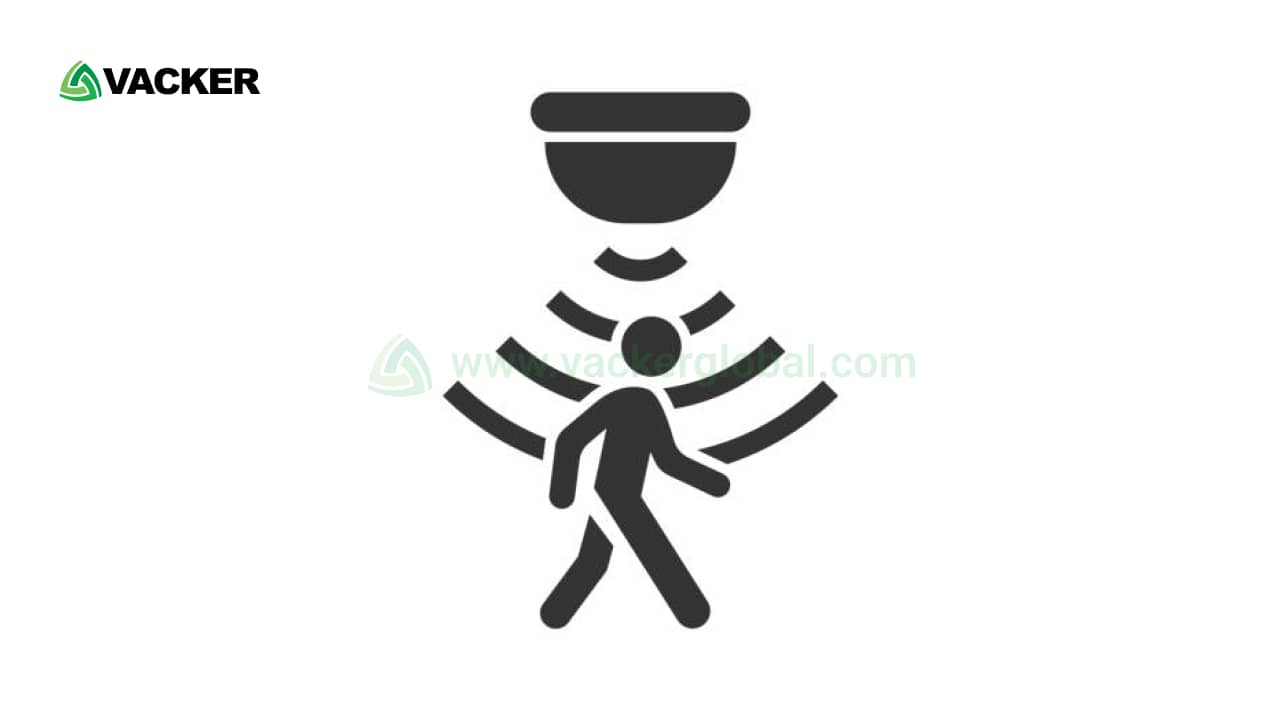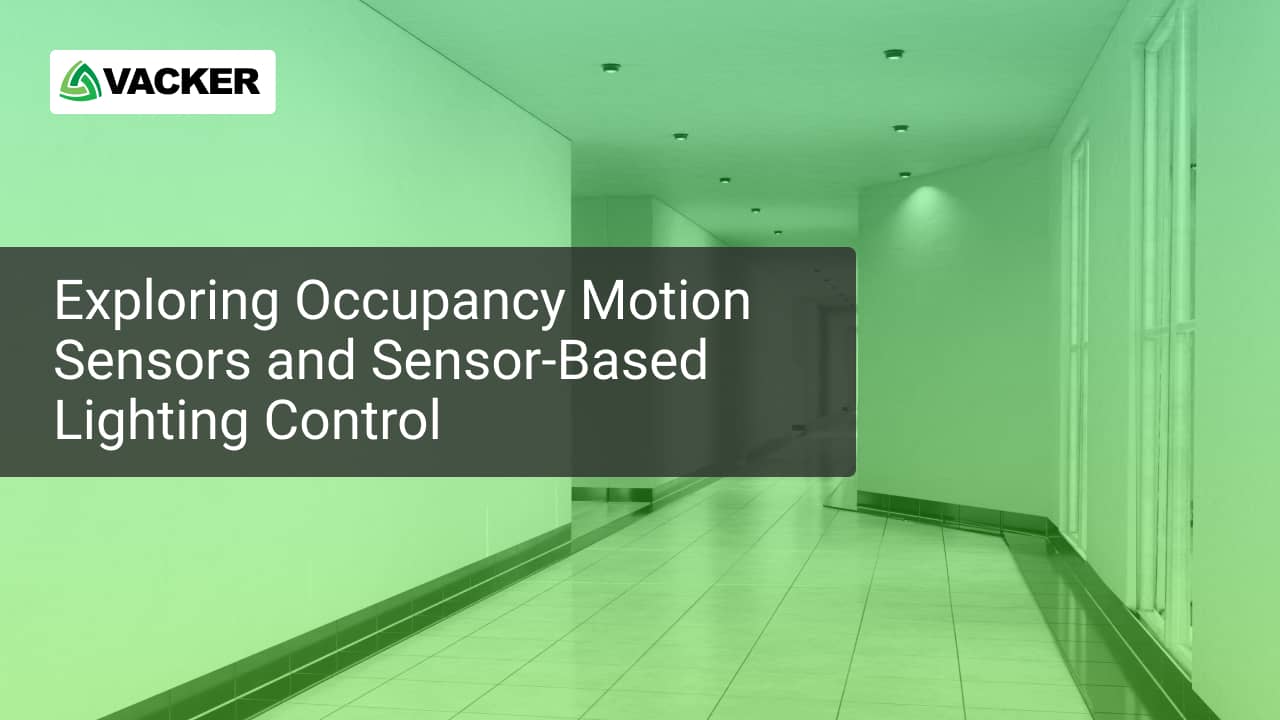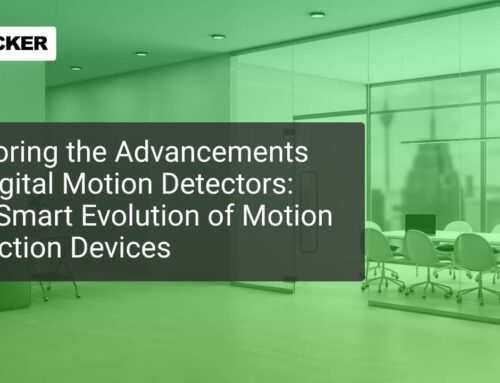Occupancy motion sensors, also known as motion detectors or motion sensors, are intelligent devices designed to detect the presence or absence of people or objects within a specified area. They work on the principle of motion detection technology, which allows them to respond to changes in the environment caused by movement.
In our pursuit of creating a sustainable and eco-friendly world, energy efficiency has become a paramount concern. Among the numerous innovations in this realm, occupancy motion sensors which are also known as energy efficient occupancy sensors have emerged as a key solution, revolutionizing how we control lighting in our homes, offices, and public spaces.
The primary purpose of occupancy motion sensors is to trigger a response when motion is detected, and this response can vary based on the application and settings.
In the context of lighting control, these sensors play a pivotal role in optimizing energy usage by automatically turning lights on when an area is occupied and turning them off when the space is vacant.
Sensor Based Lighting Control with Occupancy Motion Sensors
Traditional lighting systems often rely on fixed schedules or manual control, leading to lights staying on unnecessarily in unoccupied areas. Sensor based lighting control, facilitated by occupancy motion sensors, introduces a more intelligent and efficient approach to illumination.
By strategically installing energy efficient occupancy sensors – occupancy motion sensors in key locations, such as rooms, hallways, and offices, lighting can be dynamically adjusted based on real-time occupancy. When someone enters an area monitored by the sensor, it detects their movement and promptly activates the lights. Once the space becomes vacant, the sensor detects the absence of motion and automatically switches off the lights after a preset time.
This sensor-based approach ensures that lights are only active when needed, eliminating wastage and substantially reducing energy consumption. As a result, businesses, organizations, and homeowners can experience significant cost savings on their energy bills while also contributing to a greener and more sustainable environment.

The Technology Behind Motion Detection
Motion detection technology is the driving force behind the functionality of occupancy motion sensors. These sensors utilize various technologies to detect movement accurately. Some of the most used motion detection technologies include:
Passive Infrared (PIR) Sensors
PIR sensors detect changes in infrared radiation emitted by warm bodies within their detection range. When a person enters the area monitored by the sensor, it registers the variation in heat signatures, triggering the motion detection response.
Ultrasonic Sensors
Ultrasonic sensors emit high-frequency sound waves and monitor the reflections of these waves. Movement in the vicinity leads to changes in the reflected waves, prompting the sensor to activate.
Microwave Sensors
Microwave sensors emit low-power microwave pulses, and when these waves encounter movement, they bounce back to the sensor, indicating the presence of motion.

Energy Efficiency at Its Best
Energy efficient occupancy sensors with sensor-based lighting control offer numerous advantages for individuals, businesses, and communities:
1. Substantial Energy Savings
By automatically turning off lights in unoccupied areas, occupancy motion sensors can lead to significant reductions in energy consumption. Studies show that these smart devices can decrease lighting energy usage by up to 30%.
2. Cost Savings
Lower energy consumption directly translates to reduced utility bills. For commercial entities and homeowners alike, this means substantial cost savings over time.
3. Extended Bulb Lifespan
The reduced usage of lights due to occupancy-based control results in longer-lasting light bulbs, reducing the frequency of replacements and waste.
4. Enhanced Sustainability
Embracing occupancy motion sensors and sensor-based lighting control aligns with broader sustainability goals and initiatives, contributing to a greener and more eco-friendly future.
Applications of Occupancy Motion Sensors
Occupancy motion sensors find applications in a diverse range of settings, making them a versatile solution for various scenarios:
1. Commercial Buildings – Offices, retail stores, and warehouses can benefit from occupancy motion sensors to optimize lighting and reduce energy consumption during working hours.
2. Residential Homes – Homeowners can incorporate occupancy motion sensors in rooms, hallways, and outdoor spaces to ensure lights are only active when needed, promoting energy efficiency.
3. Public Spaces – Schools, libraries, parking lots, and restrooms can employ occupancy motion sensors to minimize energy waste and create sustainable environments.
4. Industrial Settings – Factories and manufacturing plants can utilize occupancy motion sensors to control lighting in different areas of their facilities and enhance safety.
Occupancy motion sensors with sensor based lighting control represent a significant step forward in the pursuit of energy efficiency and sustainability.
By intelligently managing lighting based on real-time occupancy, these smart devices contribute to substantial energy savings, cost reductions, and a greener future. As businesses, homeowners, and communities continue to embrace this innovative technology, we can collectively take significant strides towards a more sustainable and environmentally conscious world.
Let us all join hands and embrace the power of occupancy motion sensors from Vacker to create a brighter, energy-efficient future for generations to come.





Leave A Comment